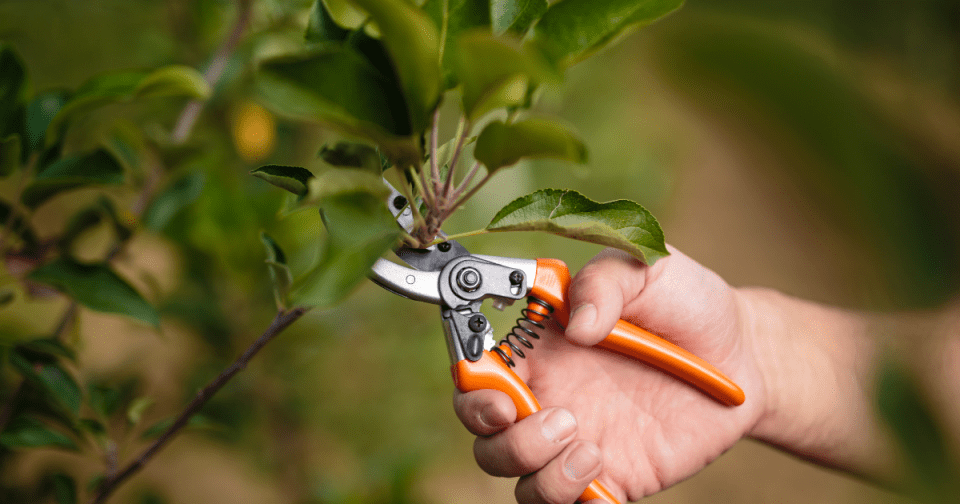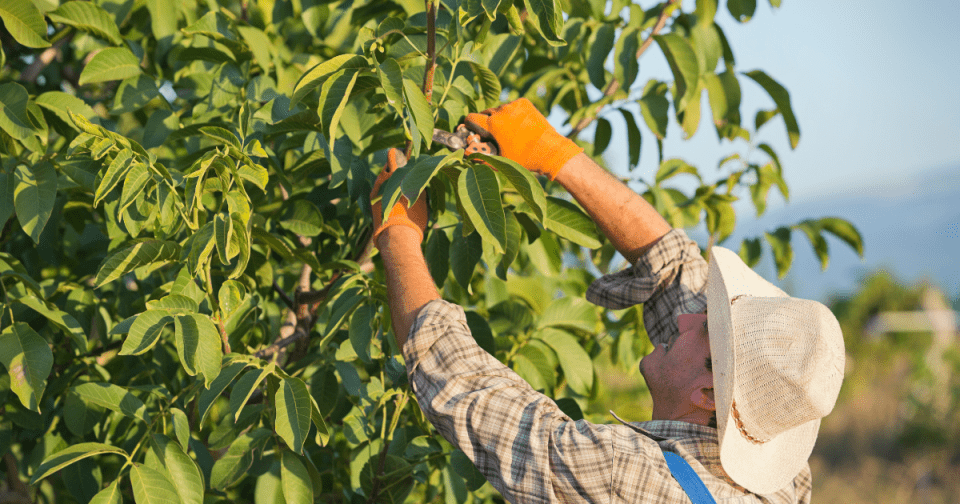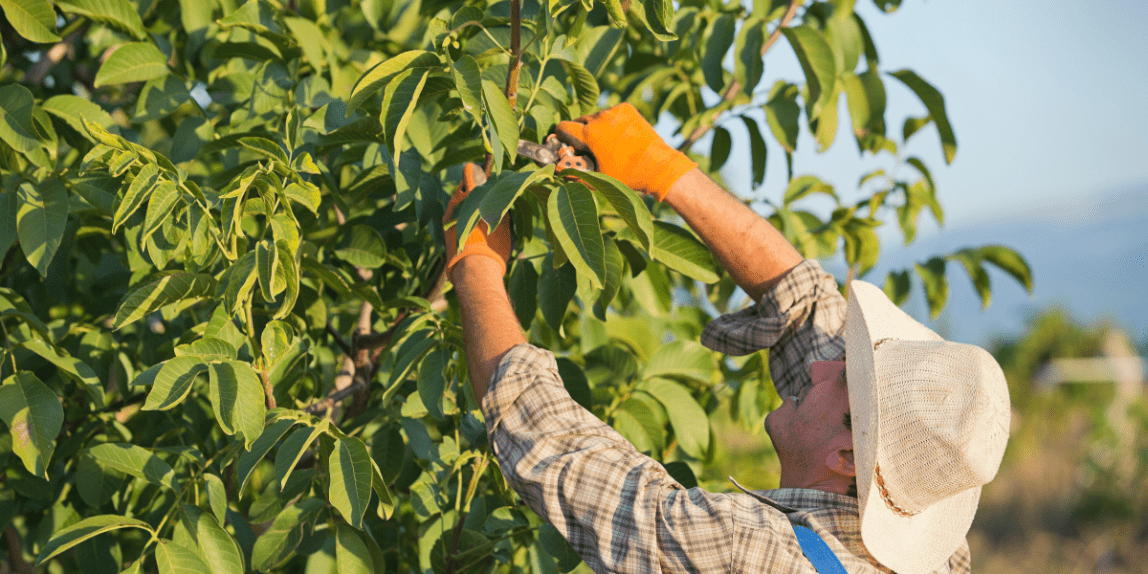1. Pruning will rejuvenate old and overgrown plants.
Although it might seem counterintuitive to cut off branches, pruning can actually encourage new growth and help maintain existing healthy foliage. By removing damaged and diseased foliage from your plant, the energy created and stored in the plant will be redirected to producing new, abundant growth. If damaged and diseased foliage is not removed from the plant, an excess of energy will be pulled away from healthy areas of the plant in an effort to combat the weaker areas. In this way, healthy areas can become unhealthy due to the damaged and diseased foliage.

2. Pruning encourages better fruit production.
When deciduous fruit trees are pruned in the winter (before flowering occurs), excess flower buds won’t be present in spring and there will be more room for fruit to grow to it’s full potential. Additionally, pruning improves light penetration into the canopy, which aids in flower bud development, fruit set, and fruit growth for the lower tiers of the tree.

3. Pruning will help to maintain a plant’s aesthetic appearance and prevent accidents.
Maintenance pruning can be conducted to control the height, width, and form of plants. This type of pruning should be conducted to prevent foliage from causing harm to people or possessions, and it can be an opportunity to tidy the overall shape for a more aesthetic look.
When it comes to young plants, pruning can be used as a tool to train the shape of the plant to prevent future problems. Once a plant is established, pruning should not be conducted to control size more than once every five years. If pruning for size is required more often, it is likely that the plant has been grown in the wrong area.

To learn more about how to prune, check out Star Note #105 – Principles of Pruning!
Follow us for the latest gardening news and updates!
